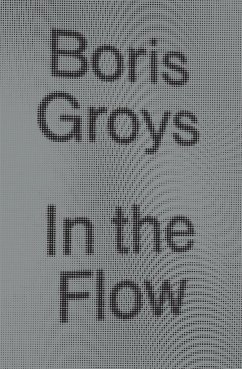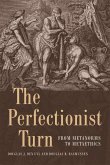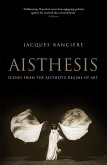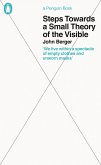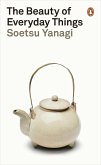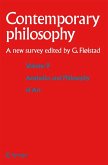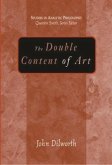In the early 20th century, art and its institutions came under critique from a new democratic and egalitarian spirit. In an age of secularism and materialism, artworks would be understood as merely things among other things. This meant an attack on the techniques of realism, and the traditional mission of the museum, both designed shield a small class of objects from the entropic fate awaiting everything else-and the development of an approach that Boris Groys calls "direct realism": an art that would not produce objects, but practices that could enter the flow of time to live and die like the rest of us. But for more than a century now, every advance in this direction has been quickly followed by new means of preserving art's distinction.
In this major new work, Groys, one of the world's leading art theorists, charts the paradoxes produced by this tension, which continues to structure the production and reception of new art.
The internet, the latest medium through which artists have attempted to disavow this special status, inverts the most notorious consequence of early modernist developments. If the techniques of mechanical reproduction gave us objects without aura, digital production generates aura without objects, transforming all its materials into vanishing markers of the transitory present.
In this major new work, Groys, one of the world's leading art theorists, charts the paradoxes produced by this tension, which continues to structure the production and reception of new art.
The internet, the latest medium through which artists have attempted to disavow this special status, inverts the most notorious consequence of early modernist developments. If the techniques of mechanical reproduction gave us objects without aura, digital production generates aura without objects, transforming all its materials into vanishing markers of the transitory present.
In the Flow not only aptly describes Boris Groys' brilliantly astute state of mind when writing this book, but also signals the incredible journey the reader will take around some of the most pervasive cultural constructs of our time: the museum, the archive, and the Internet. In the process of articulating the rheology-or fluidity-of art, each chapter elucidates a new potential for contemporary terminologies and concepts such as activism, participation, aestheticization, infection, and transgression. In the Flow offers a refreshing approach to art theory that opens up the possibilities for ideas to remain mutable while being put into practice. Kate Fowle, Chief Curator, Garage Museum of Contemporary Art

